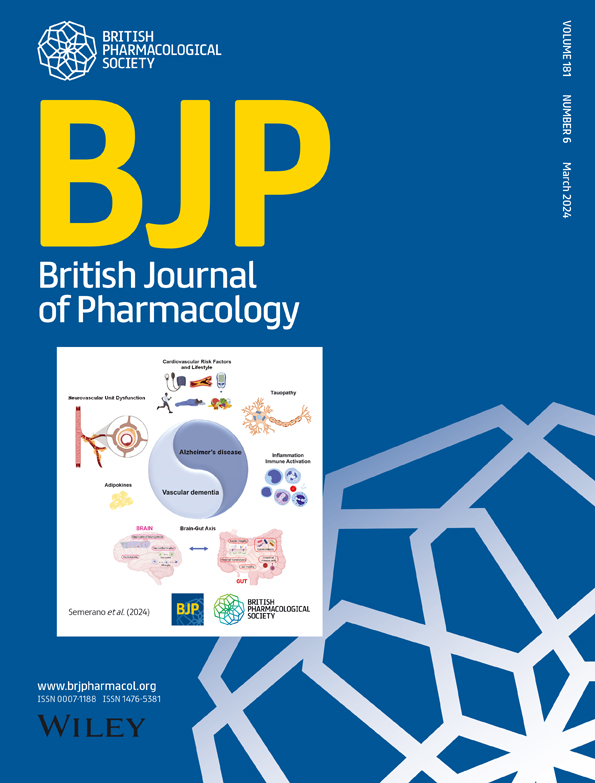Targeting FDX1 by trilobatin to inhibit cuproptosis in doxorubicin-induced cardiotoxicity
Abstract
Background and Purpose
Doxorubicin (DOX), an anthracycline chemotherapeutic agent, whose use is limited owing to its dose-dependent cardiotoxicity. Mitochondrial oxidative stress plays a crucial role in the pathogenesis of DOX-induced cardiotoxicity (DIC). Trilobatin (TLB), a naturally occurring food additive, exhibits strong antioxidant properties, but its cardioprotective effects in DIC is unclear. This study investigates the cardioprotective effect of TLB on DIC.
Experimental Approach
DOX was used to generate an in vivo and in vitro model of cardiotoxicity. Echocardiography, enzyme-linked immunosorbent assay (ELISA) and haematoxylin and eosin (H&E) staining were used to evaluate the cardiac function in these models. To identify the targets of TLB, RNA-sequence analysis, molecular dynamics simulations, surface plasmon resonance binding assays and protein immunoblotting techniques were used. Transmission electron microscopy, along with dihydroethidium and Mito-SOX staining, was conducted to examine the impact of trilobatin on mitochondrial oxidative stress. SiRNA transfection was performed to confirm the role of ferredoxin 1 (FDX1) in DIC development.
Key Results
In DIC mice, TLB improved cardiac function in a dose-dependent manner and inhibited myocardial fibrosis in DIC mice. TLB also attenuated DOX-induced mitochondrial dysfunction and reduced cardiac mitochondrial oxidative stress. TLB was found to directly bind to FDX1 and suppresses cuproptosis after DOX treatment, causing significant inhibition of cuproptosis-related proteins.
Conclusions and Implications
This is the first study to show that TLB strongly inhibits DIC by reducing mitochondrial oxidative stress and controlling DOX-mediated cuproptosis by targeting FDX1. Therefore, TLB is as a potential phytochemical cardioprotective candidate for ameliorating DIC.

 求助内容:
求助内容: 应助结果提醒方式:
应助结果提醒方式:


